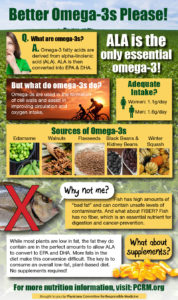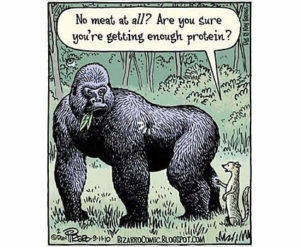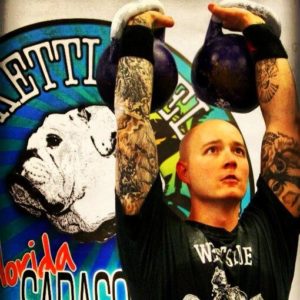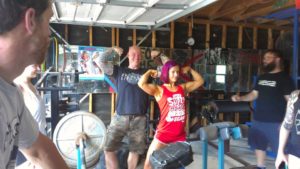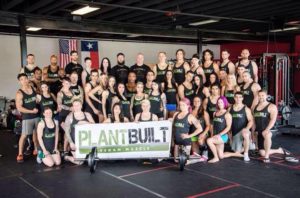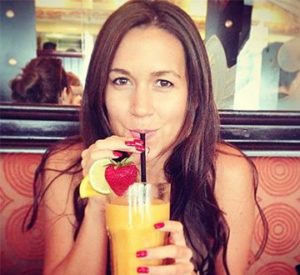We hear conflicting information about “good fats,” “bad fats,” and the amount of fat we should consume as part of a healthy diet all the time… so what are the facts?
Believe it or not, our bodies can synthesize almost all of the fat it needs. Saturated, monounsaturated, and trans fat (including cholesterol) do not need to be consumed through the diet. Omega-3 and omega-6 fatty acids are the only two which the body cannot synthesize and therefore they are considered “essential fats”. This article will focus on the facts on essential fats so you can make food choices that will meet your body’s essential fat needs.
The Omega-6 that needs to be obtained from the diet is called Linoleic acid (LA). Technically, only one kind of omega-3 needs to be obtained through our diet: Alpha-lenolenic acid (ALA). ALA has the ability to produce other omega-3 fatty acids in the body such as eicosapentaenoic acid (EPA) and docosahexaenoic acid (DHA). However, this conversion of ALA to EPA and DHA within our bodies is relatively limited, and it is therefore often recommended that EPA and DHA be consumed through the diet as well, either through food sources or supplements. For information on supplementation click HERE.
How much omega-3 and omega-6 do we need to consume in the diet?
ALA (omega-3) and LA (omega-6) compete for metabolism, which means too much of either one will reduce the metabolism of the other. This is one of the reasons a recommended ratio of 1 (or about 2:1) for omega-6 to omega-3 was developed (1). Unfortunately most Americans consume excessive amounts of omega-6 and are deficient in omega-3, with an average ratio of 16:1!
Both omega-3 and omega-6 play essential roles in brain function, normal growth and development. The high ratio of omega-6 to omega-3, however, promotes the pathogenesis of many diseases, including cardiovascular disease, cancer, and inflammatory and autoimmune diseases (3). Omega-3 (a low omega-6/omega-3 ratio), on the other hand, has been shown to prevent against these major diseases and also help control lupus, eczema, and rheumatoid arthritis (2).
The high ratio of omega-6 can be attributed to grain fed animals (including the meat, dairy, and eggs that come from them), mayo-based foods, and the increased vegetable oil consumption: safflower, sunflower, corn, and soybean oils, coming from processed foods and cooking methods.
Remember, the idea is that both of these fatty acids are essential for proper health and play a role in the prevention of many diseases. The key is balance between the two. It’s very easy to consume omega-6 in our diet, and a bit tricker to get those omega-3’s. Here are the top plant sources of omega-3 (which also have low ratio of omega6/3):
- Flax seeds*
- Hemp seeds*
- Chia seeds
- Algae/seaweed
- Beans, leafy greens, squash-help meet the RDA (4)
- Supplements for ALA, DHA, or EPA
*Including their oils.
And here is a chart showing the omega 6 and omega 3 content of common oils (5):
- https://www.eufic.org/article/en/artid/The-importance-of-omega-3-and-omega-6-fatty-acids/
- https://www.hsph.harvard.edu/nutritionsource/omega-3-fats/
- https://www.ncbi.nlm.nih.gov/pubmed/12442909
- https://plenteousveg.com/vegan-sources-omega-3/
- https://chriskresser.com/how-too-much-omega-6-and-not-enough-omega-3-is-making-us-sick/
Please let me know if you have any comments or questions!


